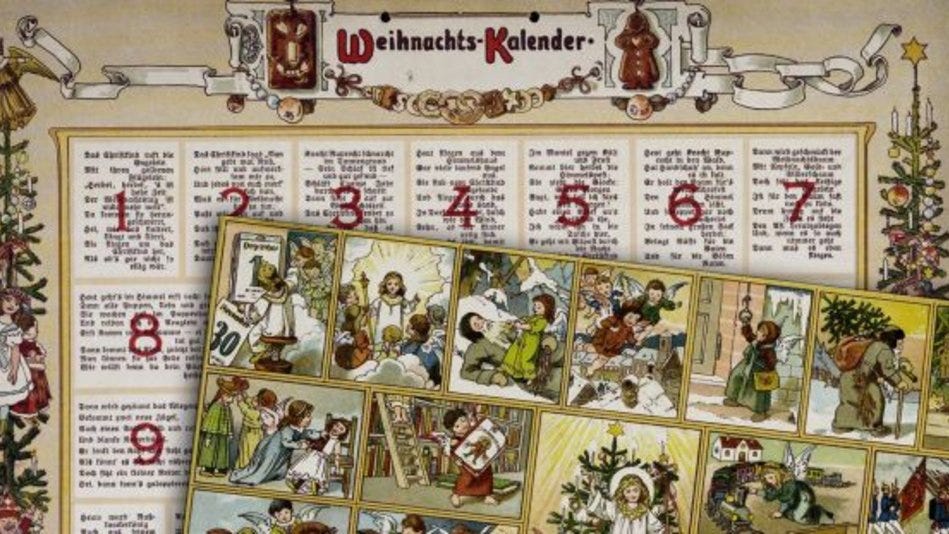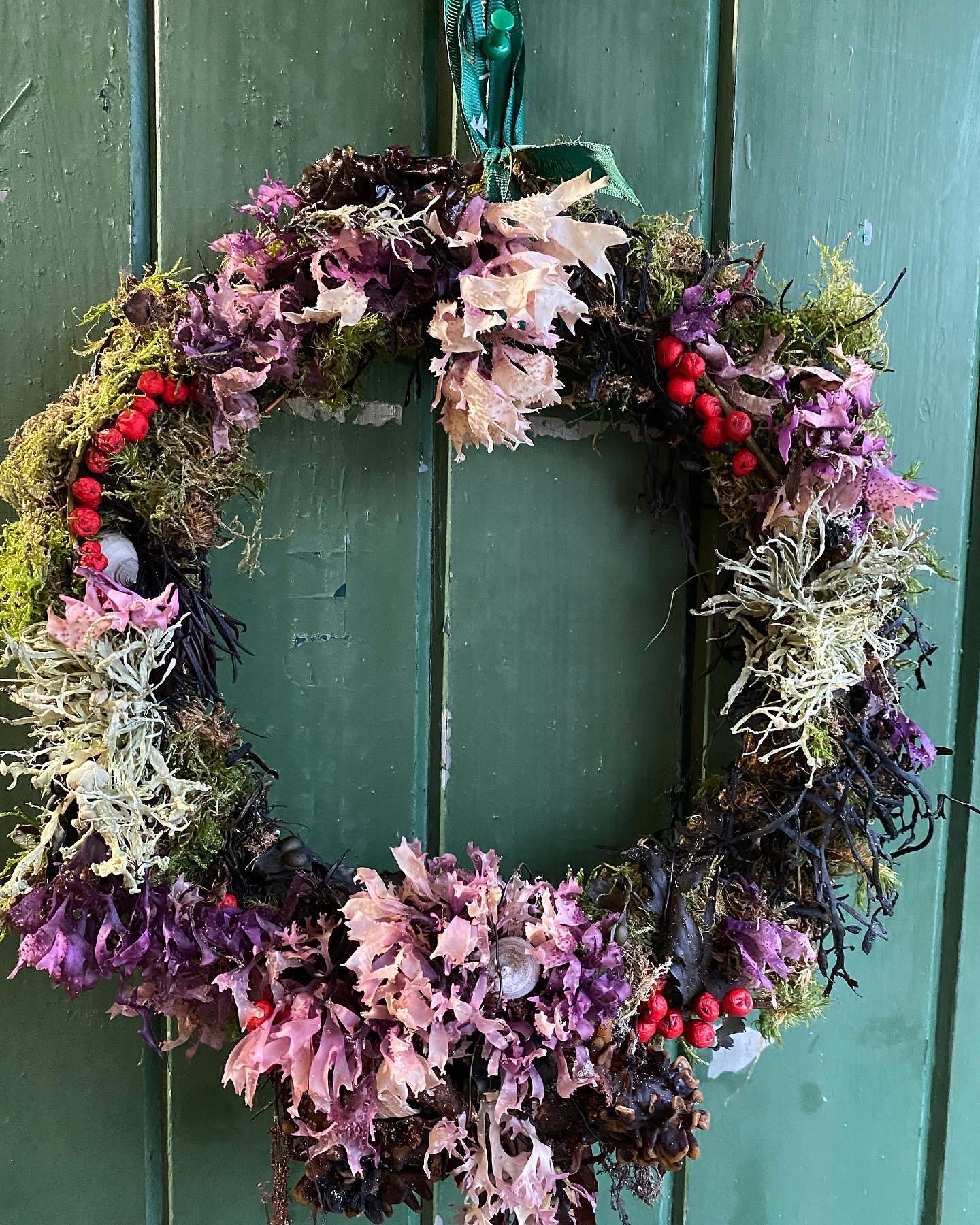
Advent from the Latin word adventus meaning arrival or coming begins on the Sunday closest to November 30th, St Andrew’s Day and ends on Christmas Eve. It can fall as early as November 27th (2022) or as late as December 3rd (2023). There is rhythm: “For everything there is a season, and a time for every matter under heaven”(Eccl 3:1).
Historically Advent varied in length and time, but by the seventh century it extended over the four Sundays preceding Christmas. It is sometimes known as Little Lent. From 11th November the Galician and Hispanic churches observed a time of fasting on Mondays, Wednesdays and Fridays Quadragesima sancti Martini. The meaning of Advent has however undergone change with the emphasis shifting towards the importance of the Nativity in the Church’s calendar. Advent ends on December 24th, Christmas Eve. Christmas Day when Divinity assumes human form, represents the triumph of the cross and is worthy of a feast that celebrates life everlasting. The Latin word adventus comes from the Greek parousia, a word used for both the coming of Christ in the human flesh and an apocalyptic warning of his Second Coming. Advent shares this focus; it is season of preparation not merely based on Bethlehem but also of expectation and waiting for the Second Coming – parousia. Advent brings an annual invitation of hope as the Christian awaits full and final union with God. A reminder of the promise of eternal life.
Advent is the start of the Liturgical year and has been celebrated with prayer and fasting. It is sometimes known as Little Lent. This season of preparation for the birth of Christ falls at the darkest days of the year in the northern hemisphere. The coming of the light at a time of darkness makes good sense. Isaiah is in many ways the prophet of Advent. In Isaiah9:6 we read of the birth of a new King :For unto us a child is born, unto us a son is given: and the government shall be upon his shoulder: and his name shall be called Wonderful, Counsellor, The mighty God, The everlasting Father, The Prince of Peace”. Such perfect words and aptly chosen by Handel in his composition The Messiah.
It is easy to overlook Advent in the gallop towards Christmas. The New Testament encourages us to be vigilant as we wait in hope of a better future and eternal life. Advent is the season of hope and joy with the promise of Christmas to come.(Rom 12: 11-12).
The Advent wreath is symbolic. Evergreens show the persistence of life in a circle of the seasons - eternity. Holly leaves represent the crown of thorns placed on Jesus’ head at the crucifixion. Berries remind the Christian of sacrifice - the blood Christ shed. Pinecones and nuts suggest promise of new life. The four candles represent spiritual preparation and are lit in sequence on successive Advent Sundays. In Scandinavia the Advent candle is marked into 24 days and a section is burnt each day.
In the countdown to Christmas the Advent calendar hides something small that is invisible until the day it is opened. Early calendars in Lutheran Germany were marked by chalked marks on a door or window. Each day we open a scene which brings a surprise. The message is one of anticipation and waiting. In Austria the calendar is described as a ladder, Himmelsleiter, a rung on which the Christ child descends daily. The first commercial calendar was produced in the 1900s by Gerhard Lang who was employed by a Munich printing firm (Reichhold& Lang). Advent calendars were prohibited during wartime Britain and in its post war restoration, a religious meaning has gradually been superseded by windows that hide consumable or luxurious gifts
.
The tradition of the Jesse Tree is rooted in Medieval times. The branch is a sign of new life (Jesus), symbolising new beginnings. Jesus’ lineage can be traced to David, Israel’s greatest king. We read this is in Isaiah 11:1 “A shoot shall come out from the stump of Jesse, and a branch shall grow out of his roots”. The first Jesse trees were tapestries or stained church windows, but today, creative types might make twenty four decorations which are then added daily during Advent. There is an opportunity for profundity with each decoration aiding personal devotion. The decorations serve as a visual reminder of God’s faithfulness and the promise of salvation through Jesus – the Jesse Tree. I remember this activity from my school days. We made the decoration (an inclusive activity) and then enjoyed the daily ritual of adding a bauble to the Jesse tree (a large tree branch). The chocolate Advent calendar is about taking (eating the chocolate), the Jesse Tree is, to my mind, about giving.
Advent is a time of waiting. A time to slow down and prepare not just for Christmas but parousia, the Second Coming. Unlike Lent it is a period of joy – clearly stated in the adage ‘Joy is not in things but in us.’
My wild Jesse Tree involves foraging and drying throughout the Church’s year. It’s a task that can’t be rushed or done at the last minute - November is a time of scarcity in our wild larder. The responsible forager gathers free and useful ingredients over the year. A little here and there without greed.
Dried terrestrial and sea ingredients popped into a clear bauble (available from craft shops) hang well on a Jesse Tree
Here are a few ideas.
Red, green and brown seaweeds: carrageen, dulse, laver, sugar kelp, sea lettuce
Berries: rosehips, sea buckthorn, elderberries.
Sea salt, flavoured wild leaves and seaweeds: wild garlic, pepper dulse (seaweed)
Wild blossom syrups
Dried mushrooms
Pretty shells and pebbles
Crystallized wild flowers: violets, primroses
Bunched dried flowers :elderflowers : clover
Wild ingredients are beautiful and for each there is a season.




You remind me of my youthful mothering days. This is exactly how I would do our Jesse tree. Aww, thank you for bringing back sweet memories. This brought me so much joy reading this! Thank you @KristinHaakenson for restacking & introducing me to Fiona’s SubStack! 🥰
I’m really enjoying this skip through the Forager’s Year Fiona. A few weeks ago you teased us with a glimpse of your library. Could you show us a little bit more-especially the books you are referencing ?